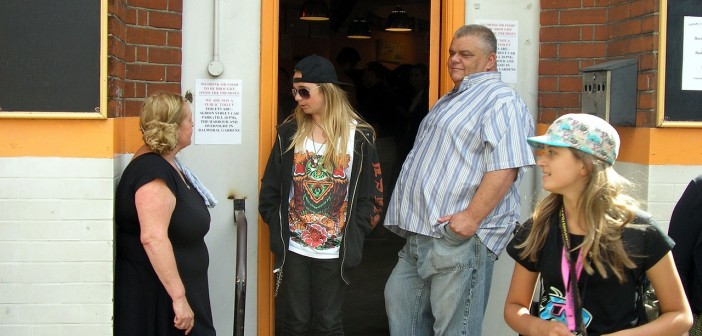In order for churches to stay relevant to a changing world, we need to be very tuned in to what is happening “out there.” Sending congregation members out to listen can be a great way to engage them in developing new ministry. When they hear with their own ears and see with their own eyes the achievement gap in the schools, the homeless people on the street, or the unemployed workers seeking jobs, they may develop great passion. Your listening team may even become the core team for designing and implementing a new program.
Listening sessions are an opportunity to learn about the people you are talking to — their dreams, their backgrounds, their ideas and concerns.
A listening process involves meeting and listening to the people in your community through a variety of means, including engaging in one-on-one interviews, particularly in community groups, attending events, and “hanging out” at places in the community. Here are some listening dos and don’ts as you meet the neighbors:
Begin with a listening posture. A listening posture is a deep desire to hear people, using listening as a way of expressing interest in others and great care and concern for them. This is different from connecting with others to plan, sell, solve problems, or close the deal.
Do listen more than you talk. When meeting with someone new, it can be tempting to talk more, filling in silences with your own thoughts and ideas. Resist this urge and make listening your default mode.
Do express great interest in the persons you are talking to. Listening sessions are an opportunity to learn about the people you are talking to — their dreams, their backgrounds, their ideas and concerns. You are gathering information via a few specific questions, but be sure to take the opportunity to find out about the persons, too. How long have they lived in the neighborhood? What do they do for a living? What are their hobbies and interests?
Do take notes on the conversation, but ask for permission first. Taking notes will enable you to refer back to capture the key ideas from the meeting. If you meet with the person again (to pursue a partnership, for example) notes will help you remember what they said and build on it.
Don’t bring a pre-formulated plan to the meeting. Too many people have complained to me, “They didn’t really want to listen to me or hear my ideas — they had their plan figured out already.” Many of the people you meet with may be suspicious that you don’t really want to listen to them. By describing your solutions and plans during your meeting, you will confirm their assumption.
This material is excerpted and adapted from Joy’s book 7 Creative Models for Community Ministry, Copyright © 2013 by Judson Press. Used by permission of Judson Press. The book can be purchased through Judson, Amazon, or Cokesbury.
Related Resources:
- Doing Community Ministry in the Small Church by Joy F. Skjegstad
- The Transformative Power of Listening by Mary Clark Moschella
- Connect with Your Neighbors Resource






